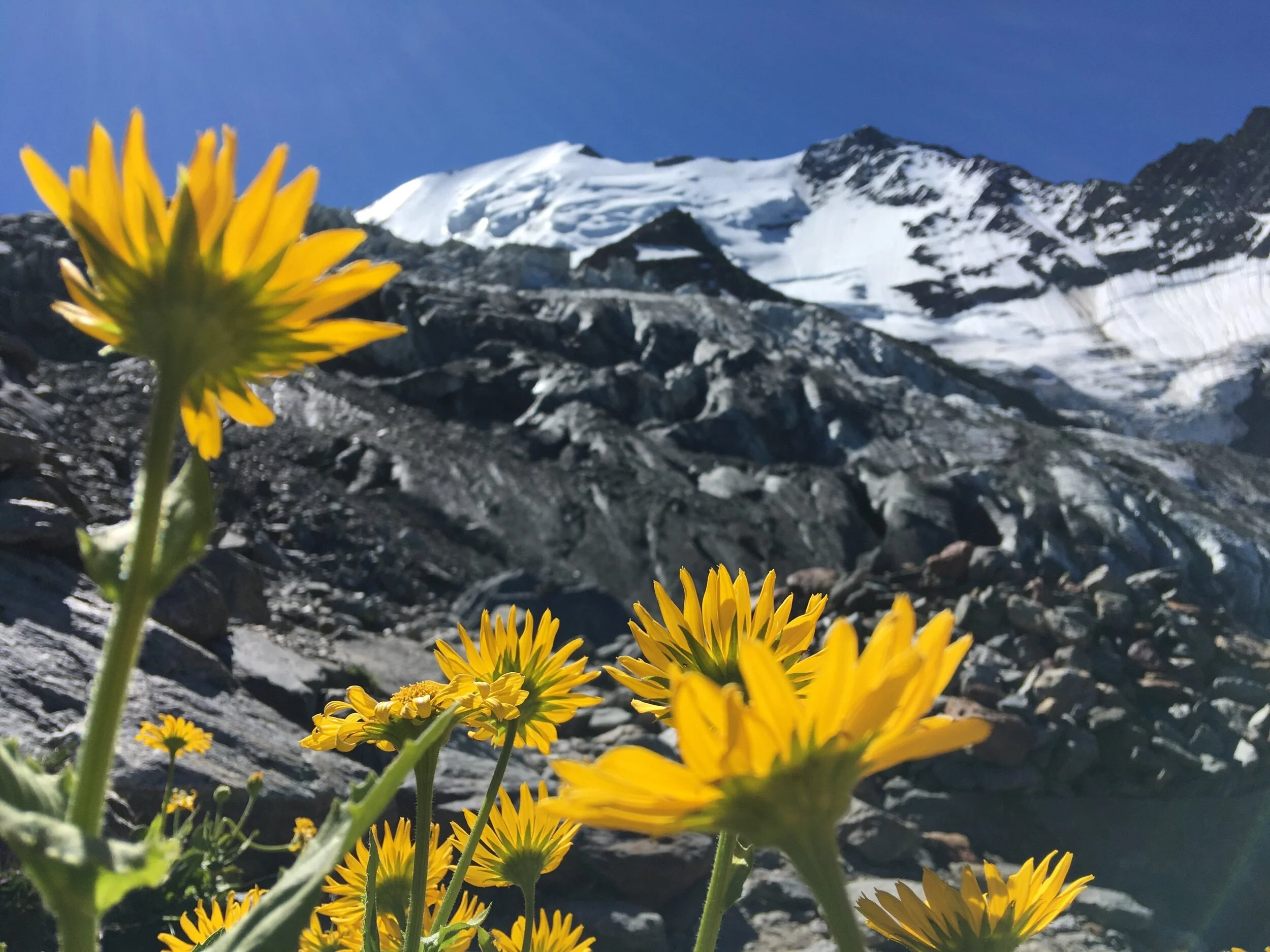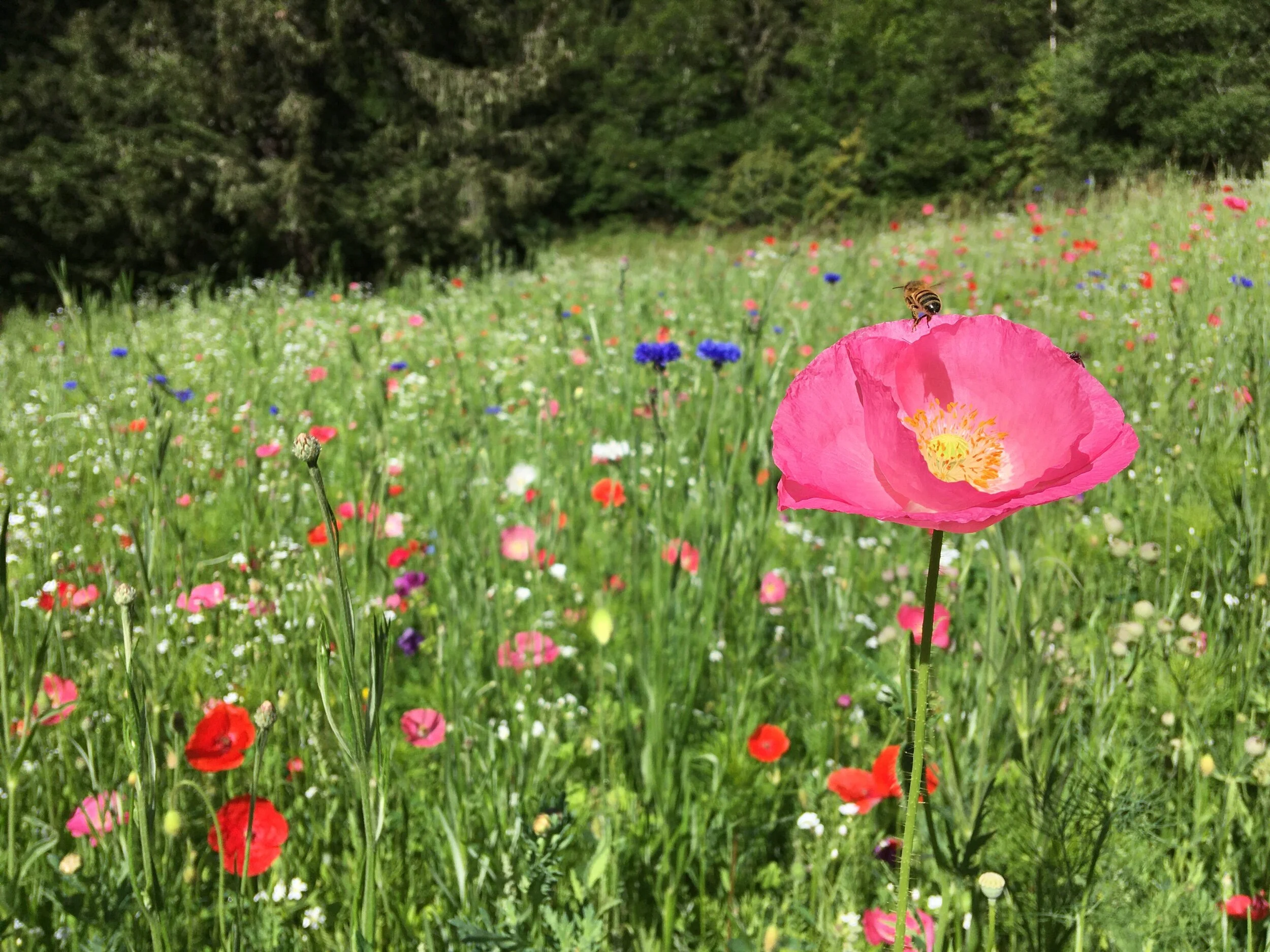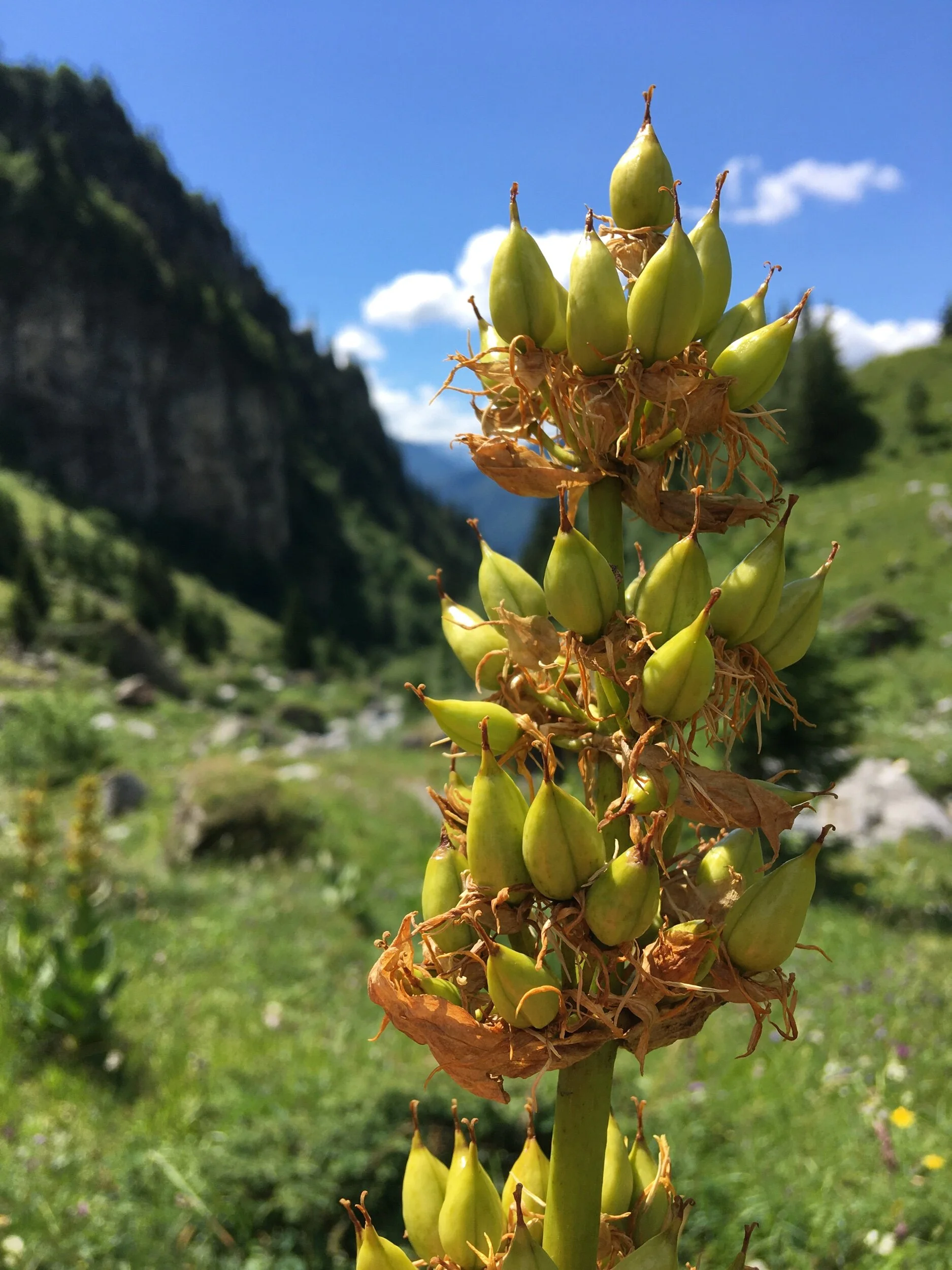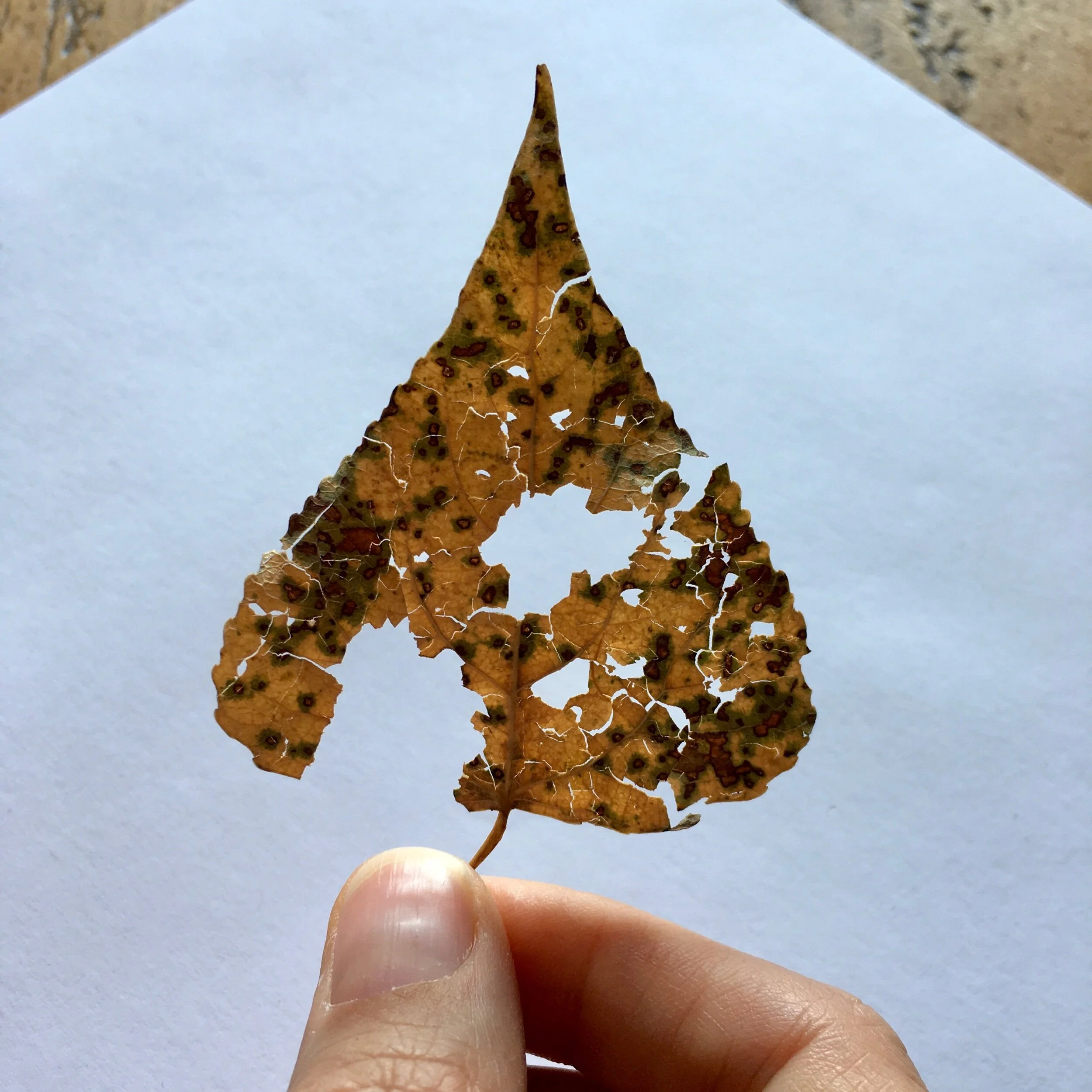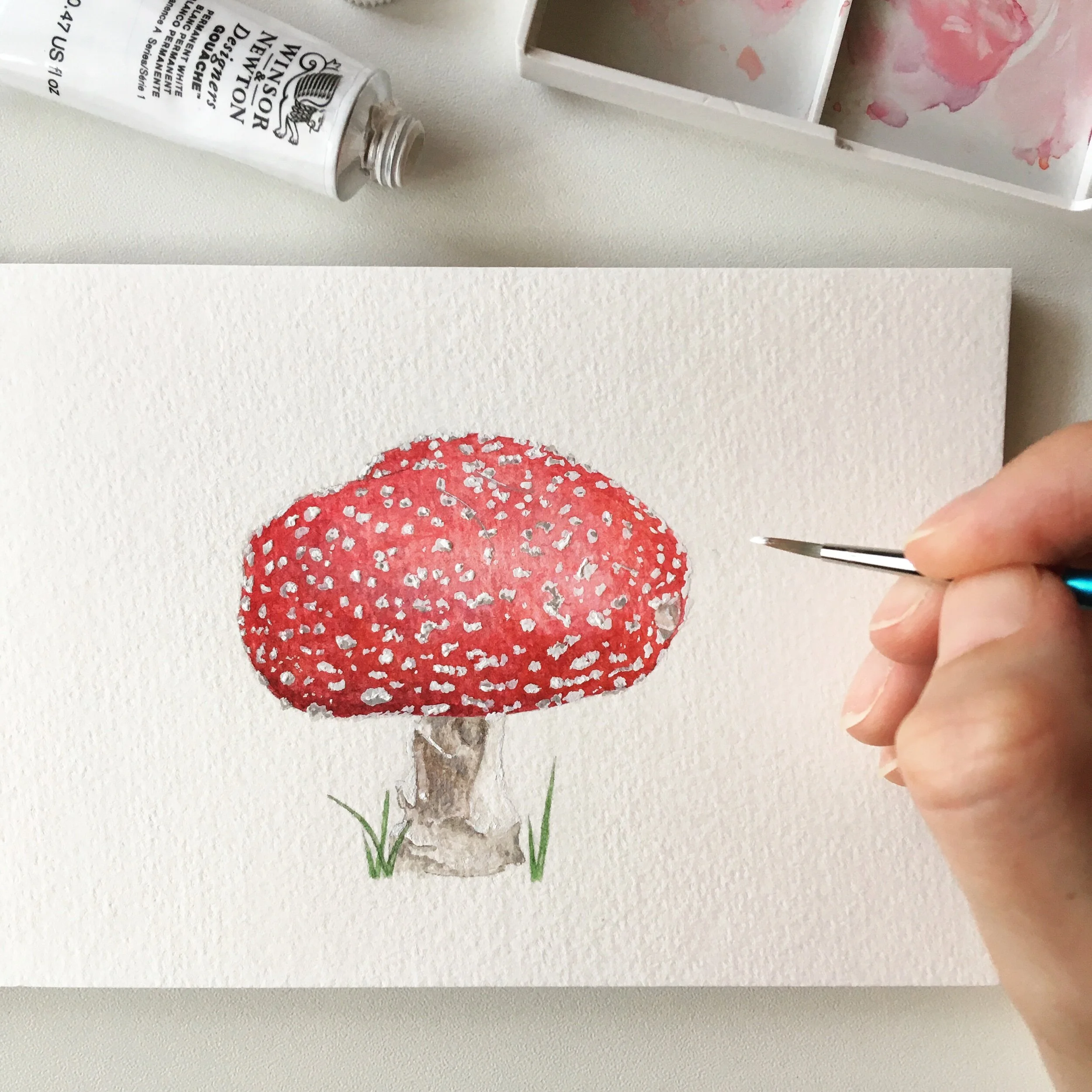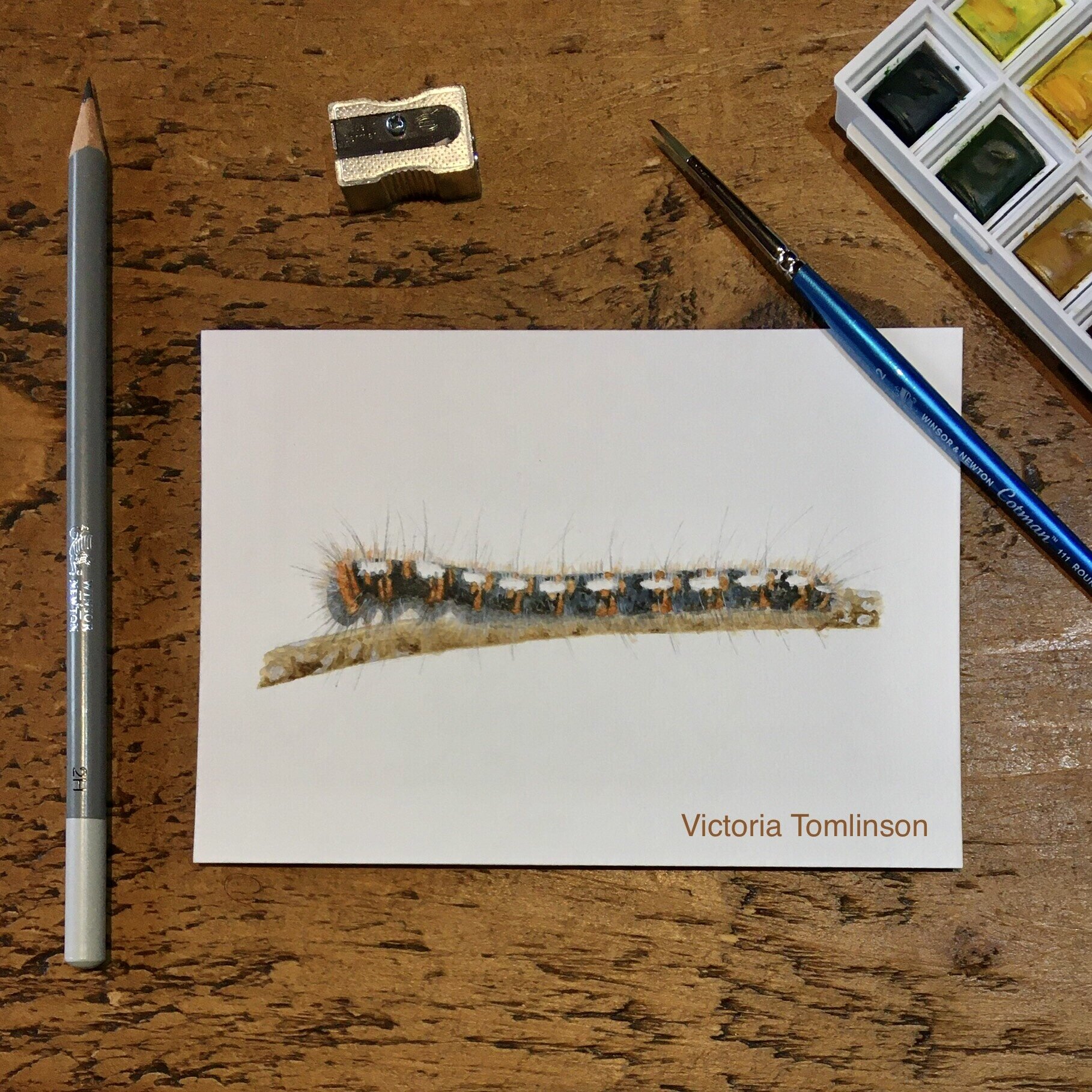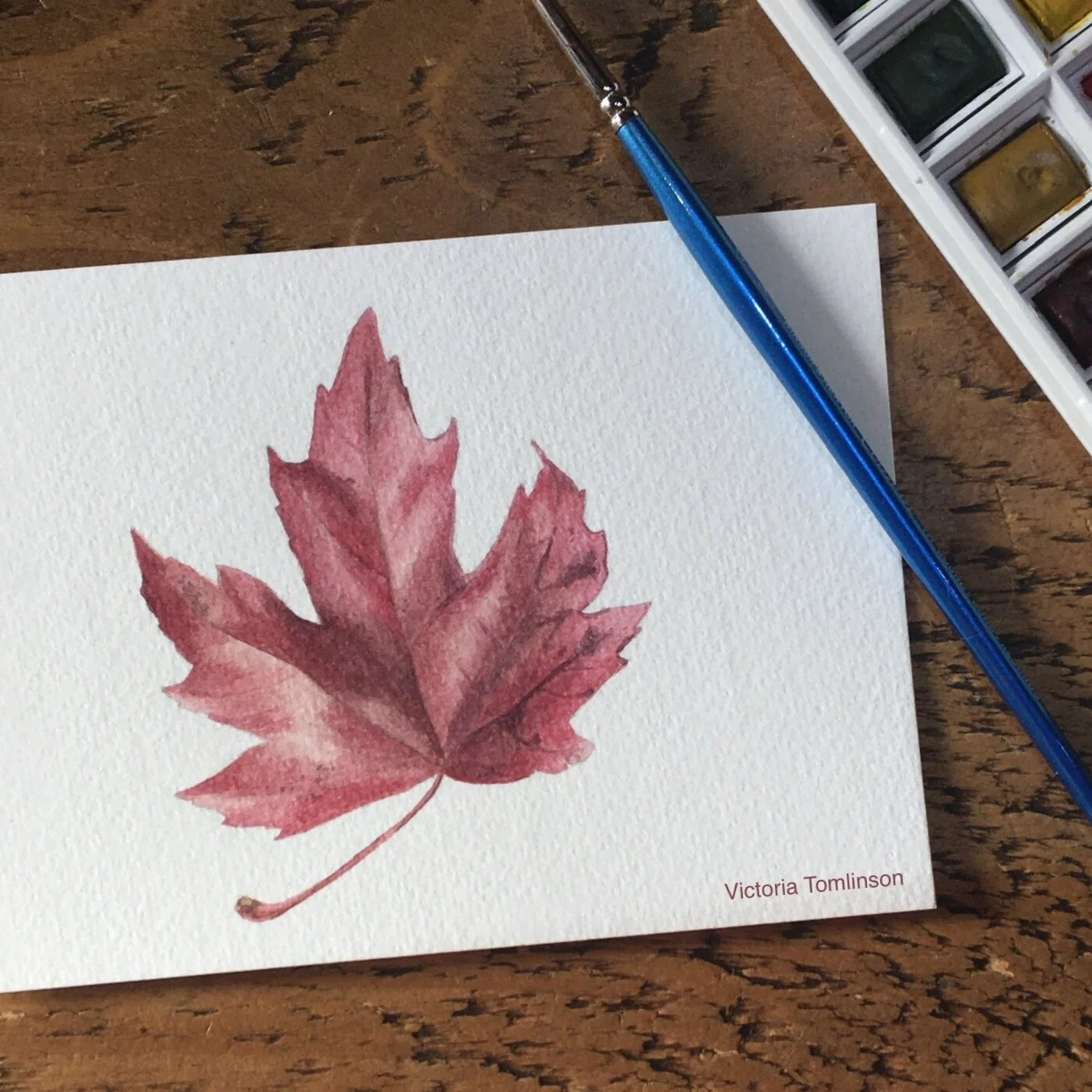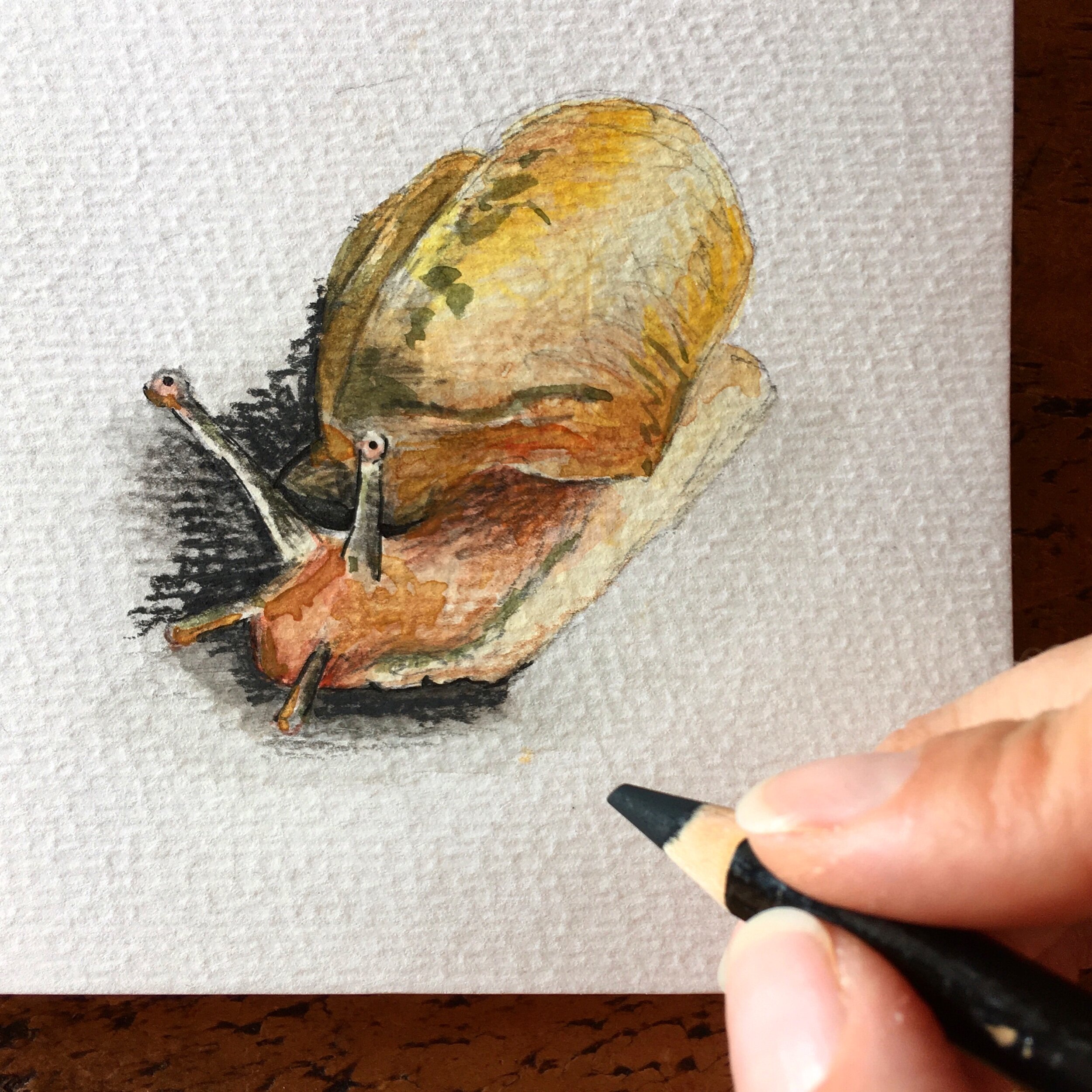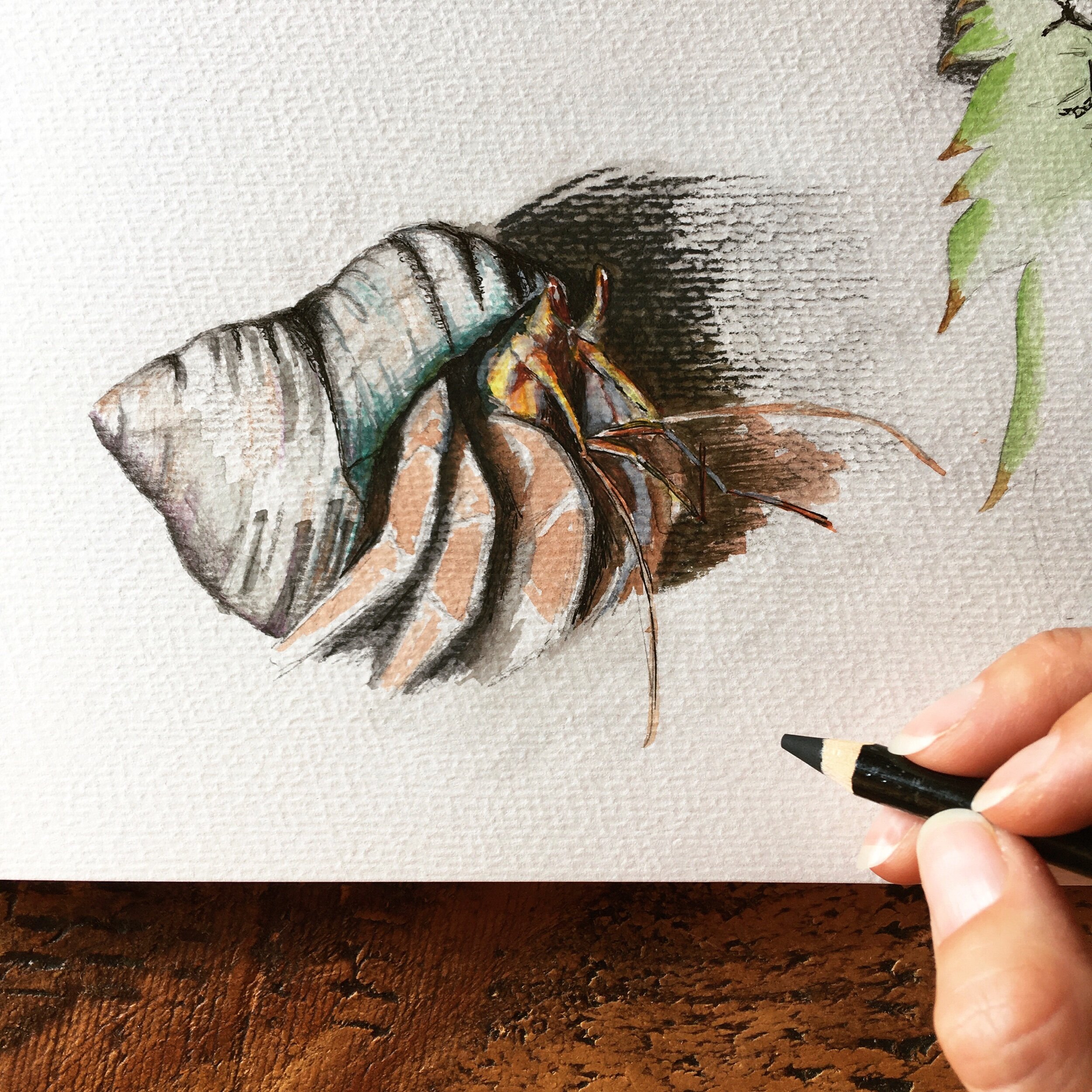Why I paint Natural History in watercolour
First, what is Natural History?
Natural History is the study of animals and plants through observation of them in the wild. When most people think of Natural History, they think of the magnificent museums in London and New York, packed full of dinosaur skeletons, fossils, taxidermy and yellowing drawings of plants and animals. Instead of stuffy old museums, (don’t get me wrong, I loved seeing the dinosaurs in these museums!), I’d like you to think more of sitting down in the countryside with a pencil and paper or even watching a David Attenborough documentary. To me this makes Natural History feel more current, being surrounded by the sounds, smells and vivid colours of nature and observing it this way, rather than in the darkened halls of a Victorian building.
Why paint Natural History?
For the past year, many of us have been stuck inside for long periods of time, taking every opportunity to get outside for a walk. I did hear there was a time when some dogs would get several walks a day just so people had an excuse to get out the house! It has been a time for us to appreciate and enjoy the simple act of being outside, to connect with nature and experience the beauty of how it can calm, heal and restore us. I paint natural history because I want people to appreciate the natural world like I do, to see the beauty in it, whether it be a scruffy dying leaf in autumn, a beautiful butterfly flitting around you as you walk, or a cliff top field of flowers blowing in the sea breeze.
So why use watercolours?
The first watercolour pigments were made from ground minerals, plants and insects, so apart from sticks of charcoal and chalk, they are one of the closest art mediums to nature. Very fitting for my chosen art subjects. I love the way you can paint both large washes of colour and very minute details. Yes, they are a tricky medium, but one that most people can relate to. I’m sure everyone reading this has a vague memory a school art class with spiky paint brushes and flaky paints. With a lot of patience, practice and time, you can go from creating childlike pictures, to beautifully detailed works of art.
If you would like to know more about the history of colours and paints, I recommend The Secret Lives of Colour by Kassia St Clair. It is a beautiful book full of extraordinary stories you are unlikely to read anywhere else.
If you enjoyed the paintings featured in this blog post, some of them are available here:

